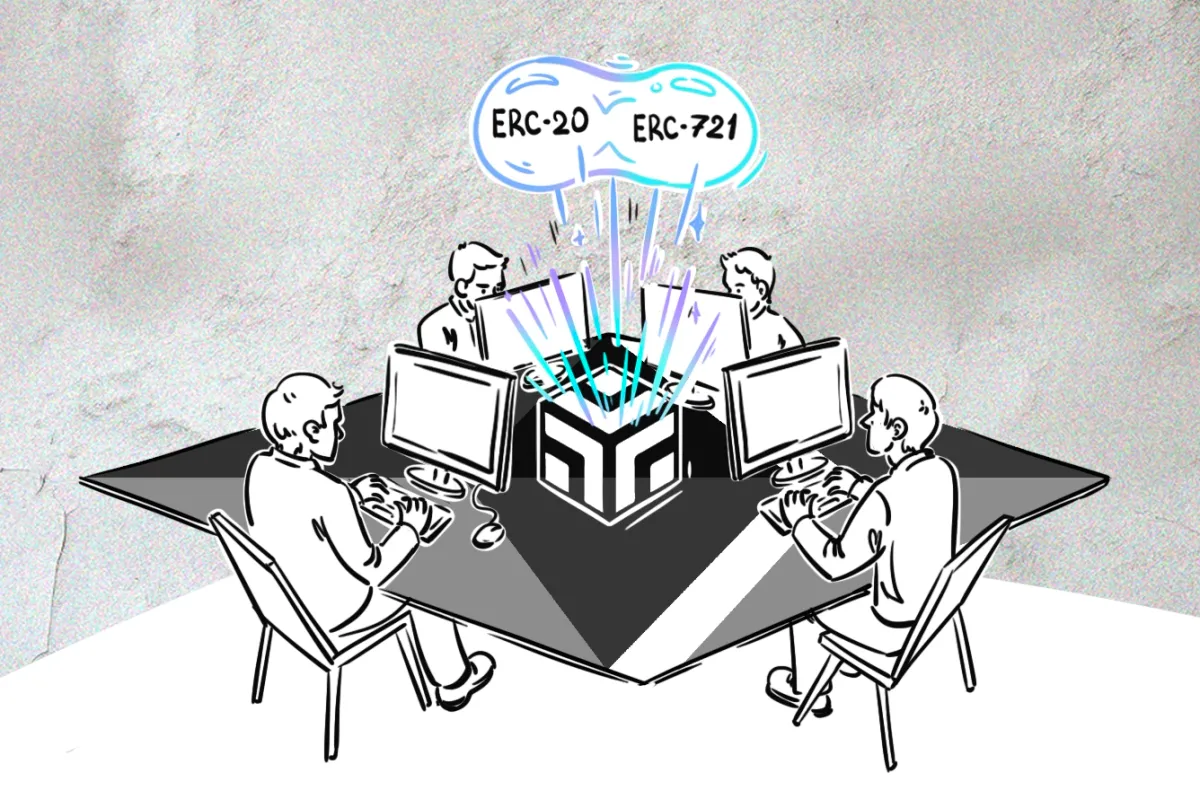
Several days ago, a team of four developers unveiled a new unofficial and experimental Ethereum standard named 'ERC-404'. ERC-404 aims to be a hybrid of fungible ERC-20 tokens and non-fungible ERC-721 tokens (NFTs).
Currently, ERC-404 is merely a creative naming, and the project has yet to undergo the standard review process. However, the team is working hard to submit an Ethereum Improvement Proposal (EIP) in order to officially establish this standard.
ERC-404 represents a novel concept, designed to address a critical challenge of many NFT tokens: liquidity. It also aims to bridge the gap between ERC20 and ERC721.
At its core, the standard encompasses two tokens (one ERC-20 and one ERC-721) that are mutually dependent. The ERC-20 tokens can be traded on decentralized exchanges, such as Uniswap, whereas the ERC-721 NFTs are tradable across all NFT marketplaces, including OpenSea.
When a user purchases such an ERC-20 token, the contract automatically mints a new ERC-721 NFT for them and sends it to their wallet. However, if the user sells this ERC-20 token (or part of it), the NFT is instantly burned. The user must own one full ERC-20 token for a new NFT to be minted. If the user sells their ERC-721 NFT on platforms like OpenSea, then they will lose their ERC-20 token, which will be transferred to the new owner.
ERC-404 offers the advantage of breaking NFTs into smaller parts to increase liquidity. This change makes buying and selling NFTs simpler, as users can sell their NFTs to a pool through the ERC-20 token without waiting for a direct buyer. Whenever a buyer amasses a whole token again then a new NFT will be minted.
A pioneering project launched by the ERC-404 founders, named Pandora, has achieved an impressive $250 million market cap within just a few days, boasting substantial trading volumes. The team issued 10,000 tokens alongside 10,000 NFTs. Currently, the fungible ERC-20 tokens are trading at approximately $25,000 each, while the NFTs are fetching around 12-13 ETH.
Source: opensea.io
The rapid ascent of the Pandora token has ignited a raft of similar projects across Ethereum and other networks. Noteworthy among these is the Defrogs collection, consisting of 10,000 DeFrogs, marking the first ERC-404 profile picture project. This project now boasts a $17 million market cap.
As per CoinGecko, the collective market cap of ERC-404 tokens now stands at $276 million, a remarkable feat given the standard’s recent introduction.
However, it is crucial to acknowledge that ERC-404 tokens, like any other, are not immune to exploitation. The current craze has attracted numerous scammers, leading to the launch of many low-quality or outright scam ERC-404 projects. Therefore, potential investors must exercise caution.

